Home ➞ Artist’s Retreat ➞ Bonnie Britt
Book This Retreat
- Selling fast: 7 spots left
- 8 Days
- Max People: 12 guests
- Available in English
- All Media
- Sketchbook, Plein Air Painting Workshops
-
Retreat Fee:
1000$ per guest 300$ Deposit -
Instructor Fee:
350$ student / 100$ accompanying -
Total Price:
1350$/1100$
Bonnie Britt
- Bonnie-Britt
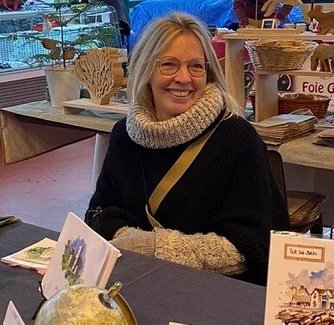
Bonnie Britt
My name is Bonnie-Britt, I was born and raised in the Netherlands, and moved to Brittany in the West of France in 1995. I love sketchbooks, especially travel sketchbooks. I teach watercolor and travel sketching online and occasionnally on site
- Workshop Trip 8 days / 7 nights all inclusive:
This price includes:
– More than 25 hours of lessons spread over 8 days for a maximum group of 15 people
– Airport / Hotel transfers
– (air-conditioning) 17-seater vehicle with driver
– official licend tourist guides
– Full board accommodation, Double room for couples (all rooms have a private bathroom)
– Tourist taxes to be paid on site
Accompanying Person Trip 8 days / 7 nights all inclusive:
– Full board accommodation, Double room or Twin for couples (all rooms have a private bathroom)
– Airport / Hotel transfers
– (air-conditioning) 17-seater vhicle with driver
– official licend tourist guides
– Tourist taxes to be paid on site
- – Roundtrip flights to Marrakech
– Painting equipment
– On-site purchases.
– Cocktails / henna party
– Entrance fees to monuments
-Traditional hamam
Traditional Dishes
One of the most notable aspects of Moroccan cuisine is the emphasis on the quality and freshness of ingredients. The produce is sourced from a land free of pesticides, chemicals, hormones, or preservatives. Animals are typically slaughtered just hours before they are used, with mutton being the prevalent meat offered, rather than lamb. Market vegetables are freshly gathered each morning. The use of spices, herbs, fresh fruits, nuts, and dried fruits imparts an invigorating vitality that stands in stark contrast to the packaged and imported products commonly found in much of Europe and North America.
To further acquaint you with the culinary delights, here are explanations of some of the most common and popular traditional Moroccan dishes:
Harira: A thick soup made of chickpeas, lentils, and haricot beans, often flavored with mutton or chicken, lemon, and tarragon.
Brochettes: Grilled kebabs featuring mutton, liver, and fat.
Kefta: Spicy meatballs crafted from minced mutton and offal, often served in a seasoned sauce.
Pastilla/Bastilla: A pie composed of multiple layers of flaky pastry filled with chopped pigeon meat, eggs, almonds, and spices. Chicken or fish may be used as alternatives to pigeon.
Tagine: Alongside couscous, this is one of the most ubiquitous Moroccan dishes—a slowly simmered stew cooked in its own juices in an earthenware bowl with a distinctive conical lid. Variants include tagine de viande (mutton stew with vegetables or served alone with prunes), tagine de poisson (bream or sardine stew with tomatoes and herbs), tagine de lapin (rabbit stew), and tagine de poulet aux olives et citron (a delicious chicken stew with lemon and olives). The lemon imparts a delightful bitter zest to the meat.
Mechoui: Lamb roasted whole on a spit or baked in a special oven. This delicately fragrant meat, distinct from typical mutton, is often enjoyed with bread but is considered an elaborate luxury that may need to be ordered well in advance.
Couscous: Made from half-baked flour ground into semolina-like grains, perfectly prepared couscous involves a meticulous cooking process with steamings and oilings, resulting in distinct granular texture. While best enjoyed in a home or a quality restaurant, it is often served with sept légumes (seven steamed vegetables) and occasional mutton. Couscous can also be served as a dessert with sugar, cinnamon, and rich, warm goat's milk.
Cornes de Gazelle: Croissant-like pastries filled with honey and almonds.
Good To Know
Travelers from the US only are required to have a valid US Passport – but it must NOT be due to expire within 6 months of your return flight.
Your flight destination will be to Casablanca Mohammed V International Airport. Royal Air Maroc is the only airline that has direct flights from the US to Morocco, from both JFK and Washington Dulles.
Immunizations are not required or necessary but check here for CDC recommendations.
What To Wear
Weather is predictably unpredictable so be sure to check on the estimated conditions the week before you travel. Even though Marrakech can be quite warm by day, it is usually quite cooler at night so pack light clothes that you can layer. We recommend cotton pants, long skirts, wraps or large scarves over tank and tee shirts, and a sweater or light jacket for chilly nights.
Your most important fashion asset: comfortable shoes for traversing the Medina on sightseeing and shopping adventures!
Morocco is a Muslim country and women generally dress more modestly than in the US or Europe. Like elsewhere, dress codes are gradually becoming more lax and there is a lot of tolerance for tourists, but wearing clothing that covers your best “assets”, and that your grandmother would approve of, shows cultural respect, good taste, and common sense.
Money Exchange
The currency here is the Moroccan Dirham, and the exchange rate usually hovers these days around 10 Dirhams/1 Dollar. You CANNOT exchange for Dirhams outside of Morocco, but there are several currency exchange booths in the airport when you exit Passport Control and also located all around the Medina. Larger stores and restaurants may take Euros, but it’s really best to have dirhams.
If you bring large bills ($100) to exchange be sure that they are newer bills with holograms. Otherwise they will slide them back to you with a shake of their head.
Another good option for padding your wallet with dirhams is to use the ATM machines which are located around the medina. The exchange rate is a little better, especially if your bank or credit card doesn’t add foreign transaction fees (some homework for you). Be sure to notify your bank of your foreign travel destination so they don’t flag you for fraud. I also recommend that you bring 2 or 3 cards-just in case you still get flagged (happens!) and find too many things you just can’t live without.
Guest House
Free Wifi access in all rooms and common areas
Bedside Mineral Water
Hair Dryers
One-time complimentary laundry service for retreat weeks
Extra items you should pack:
European Plug adapters
Electricity Converter for hair appliances (cellphones and computers generally have built-in converters)
Why you will love this trip • With the help of a local guide, you will have the impression of going back in time to the Middle Ages wandering the labyrinthine medina of Ait Ben Haddou, Skoura and Merzouga. • Take the opportunity to travel through the spectacular red dunes of the Sahara by camel and have an unforgettable sunset experience. • Djemaa el-Fna Square in Marrakech is a city within the city. Explore one of the largest meeting places in the world, joining the night carnival atmosphere of fortune tellers, dancers and healers. •Skoura is a town in Ouarzazate Province, Drâa-Tafilalet, Morocco. According to the 2004 census it had a population of 2,808.[1] Skoura is a fertile oasis lined with immense palm groves. The Kasbah Amerhidil is part of Skoura palm grove alongside more. Our services Lodging: Kasbah in the heart of the valleys and palm grovesTechnical support and overall support during all your travels.
- Marrakech To Merzouga
-
- From to 2 till 9 March 2025
- Travel Sketching Workshop In South Morocco
-
- I invite you to join me on a watercolor trail in beautiful South Morocco, a box of watercolors and a sketchbook in your hand, and I will show you how to improve your technique, simplify complex scenes and create a travel sketchbook with beautiful pages of this wonderful country. The advantage of a travel sketchbook is that anyone can express themselves in their own way, in total freedom, to tell the story of their journey. As for me, my travel sketchbooks are mainly done in watercolor, but I also incorporate other techniques such as ink and watercolor pencils. If you want to add any other technique, you are welcome to do so, although my teaching will be mainly focused on watercolors. There will be 8 to10 students maximum in order to allow me to have enough time to spend with each student. We will have a local driver and a guide with us for the whole week. Accompanying persons are welcome (5 maximum). We will visit Ait Ben Haddou, famous for the movies that were filmed there (Lawrence of Arabia, Games of Thrones, etc), the palm grove of Skoura, Dades canyon, Merzouga dunes etc. We will visit a local souk and discover the moroccan culture, craftsmanship and flora. Any level is welcome, I will adapt my teaching to each one of you according to everyone’s experience and sensibility. If you want more detailed information about the payment and subscription conditions, please let me know and I will send you all the required information with the inscription file. You can contact me per e-mail : bbaquarelle@gmail.com
- Program
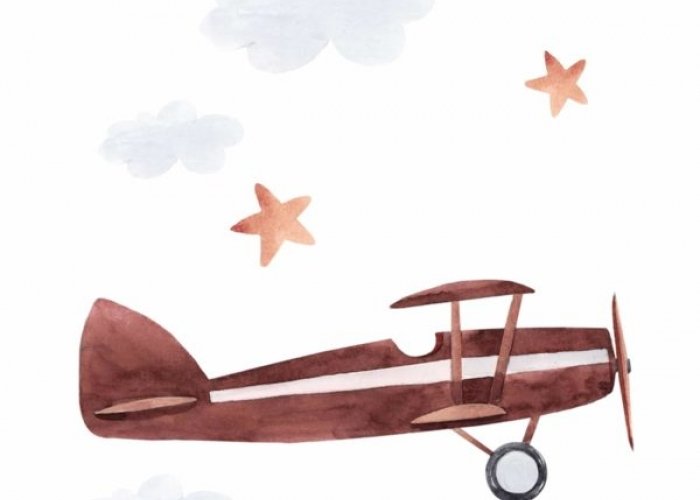
Arrival in Marrakech at the Marrakech-Menara International Airport. after the meeting , the departure will take place towards Ouarzazate(about 200 km from Marrakech). taking the road which passes through the High Atlas mountain range. On our way we will drive through the Tizin’Tichka pass, at an altitude of more than 2200 m and which links the valley of the Tensiftwadi in the north, to the Asif Ounila valley a semi-arid region in the southeast. We will stop for the night in Aït-ben-Haddou, located in the Ounila valley and which is the traditional crossing point for caravans connecting Marrakech to the south of the Sahara.
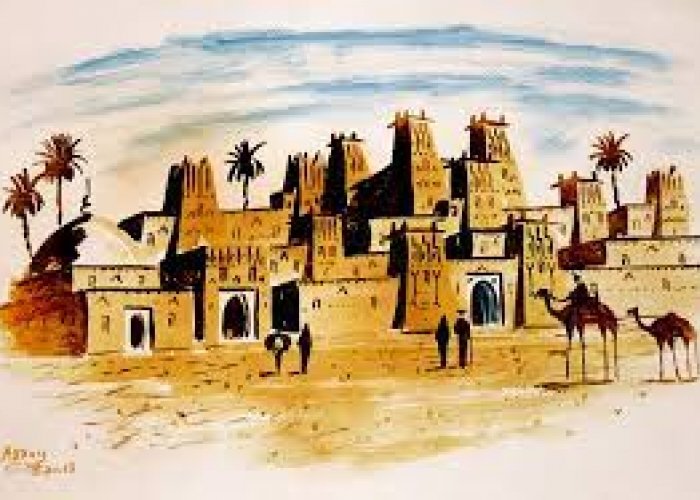
“Le Ksar”: Here we will begin our first sketches of Aït Ben Haddou from the panoramic terrace of our gîte. In the afternoon we shall visit the historic city and sketch in the shaded alleys and along the wadi. At the end of the day, we will leave Ait-ben-Haddou to arrive at one of the largest palm groves in Morocco where we will spend the night.
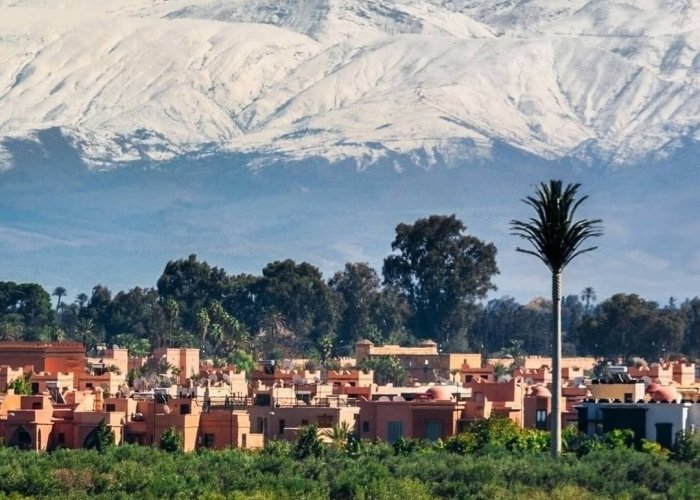
“The Palm Grove”: In the morning discover the splendor of the date palms and the sheltered fruit and olive trees that they protect. The local population will warmly welcome you, adding to your feeling of well-being, all this under the heat from the Moroccan sun. The palm grove, with its flora and its kasbahs, will provide many subjects for the second page of your travel journal.

“The Souq”: We will visit the souk where traveling merchants, artisans, blacksmiths, leather products, original and everyday goods of all kinds can be found. After a painting session, immersed in the middle of this Moroccan market we will be on our way to the Gorges Dades, located at the foot of the High Atlas. We will then continue on towards the Dades Tinghir Gorges which carve their way through the mountains creating impressive cliffs. In Todgha, you will be facing two steep cliffs of 300 meters’ high, separated by a narrow corridor of around twenty meters: this is an unforgettable spectacle to draw, paint or photograph. The drive from Tineghir to Merzouga (renown for the highest dunes in the world) passes by a succession of ksour and oasis. This region was one of the compulsory crossing points for caravans of slaves and gold traffic from Sudan and Guinea. Your caravan awaits you for a one hour trip on the back of a camel to watch the sunset from the top of a dune….
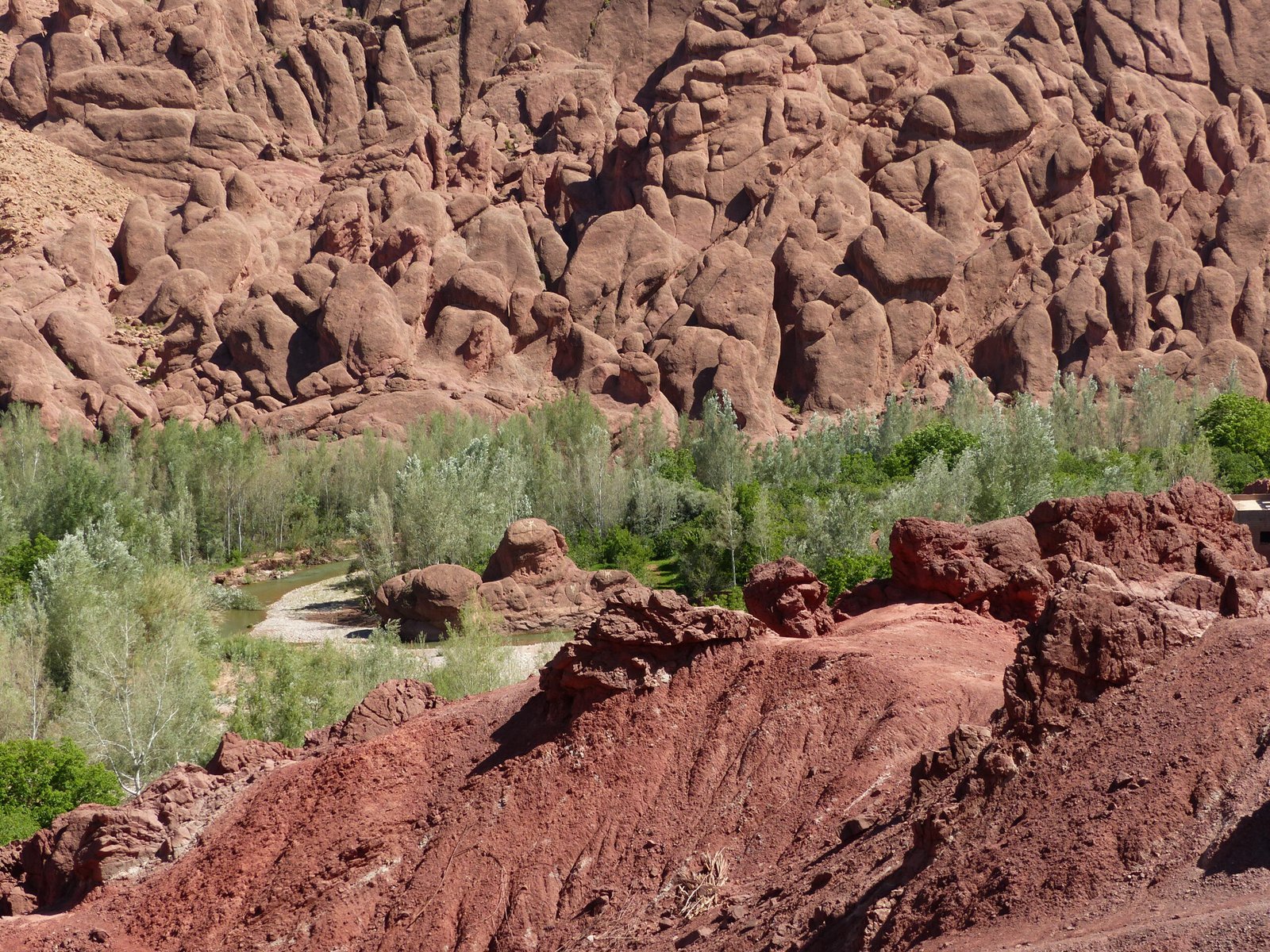
Departure from Merzouga to take the direction of our lodging in Skoura, via Tafilalet and Rissani the region of Jewish and Muslim Saints.
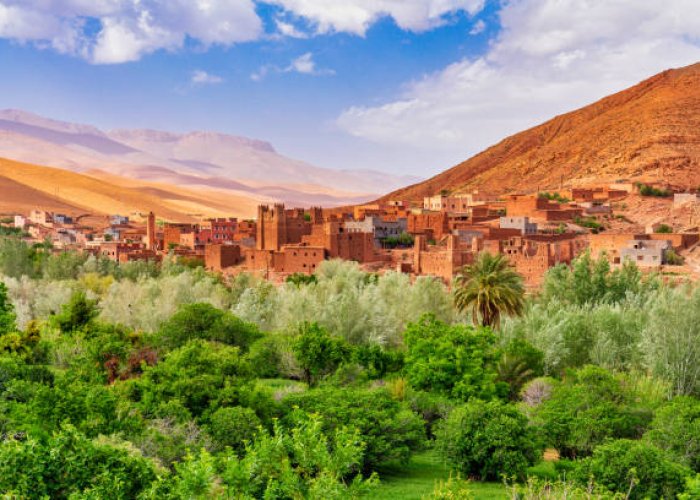
A relaxing morning spent at the gîte to finalize your travel journal finishing sketches, painting, collages and the layout with the advice of the teacher. Lunch break. In the afternoon visit Kasbahs of Skoura “: Amridil and those of the Oueds of the palm grove. Continue working on your travel journal.
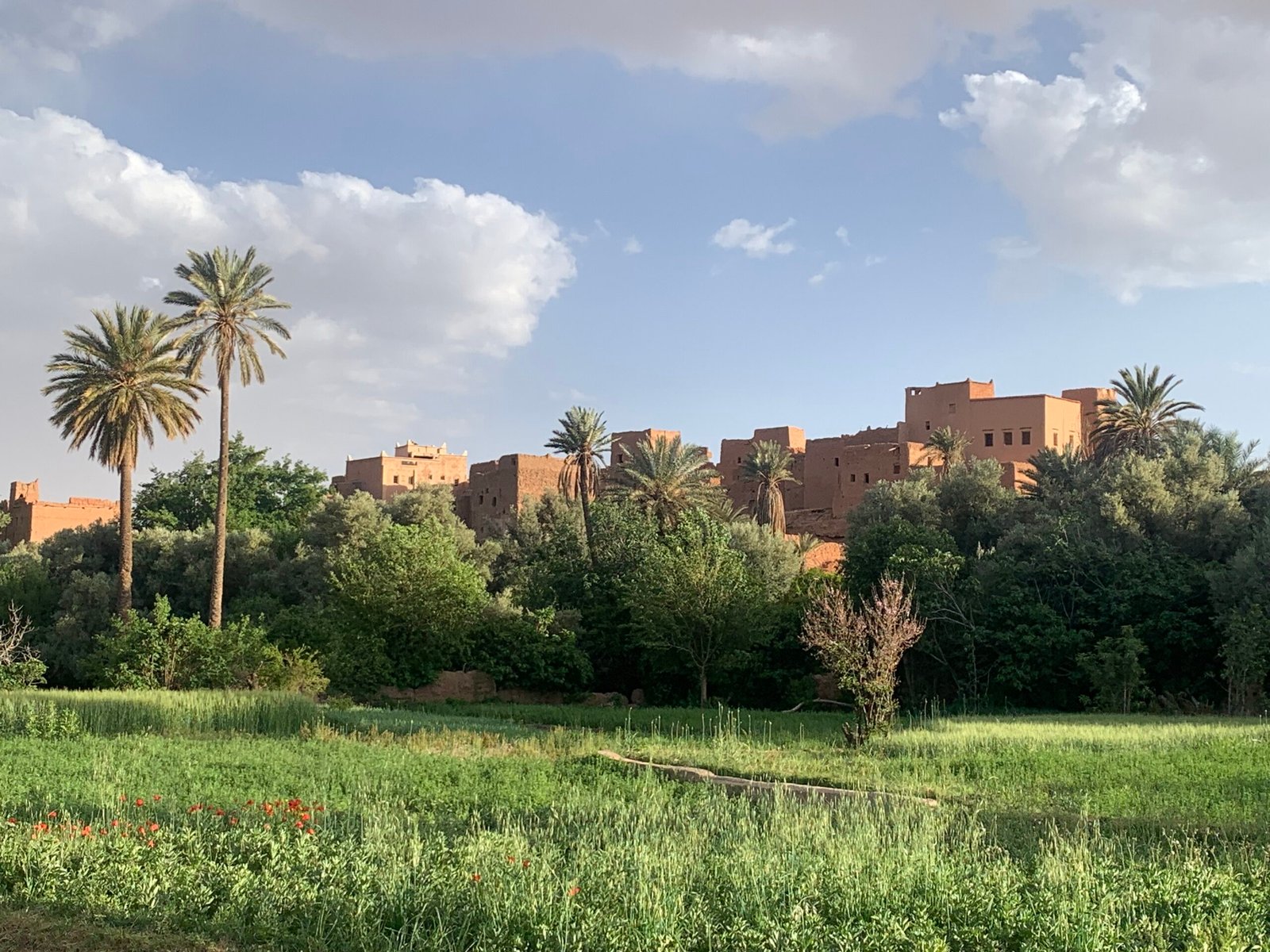
Departure for Marrakech via the Ounila valley which in my opinion remains a hidden treasure of Morocco, an off-trail circuit that is still little known, because many people prefer to take the national road which connects Marrakech to Ouarzazate more quickly. Too bad for them, and let’s take advantage of this opportunity to fully enjoy the jewels of the Ounila Valley.
Night in Marrakech

It is hard to say goodbye. but, this is the farewell day……Transfer to Marrakech-Menara International Airport.
